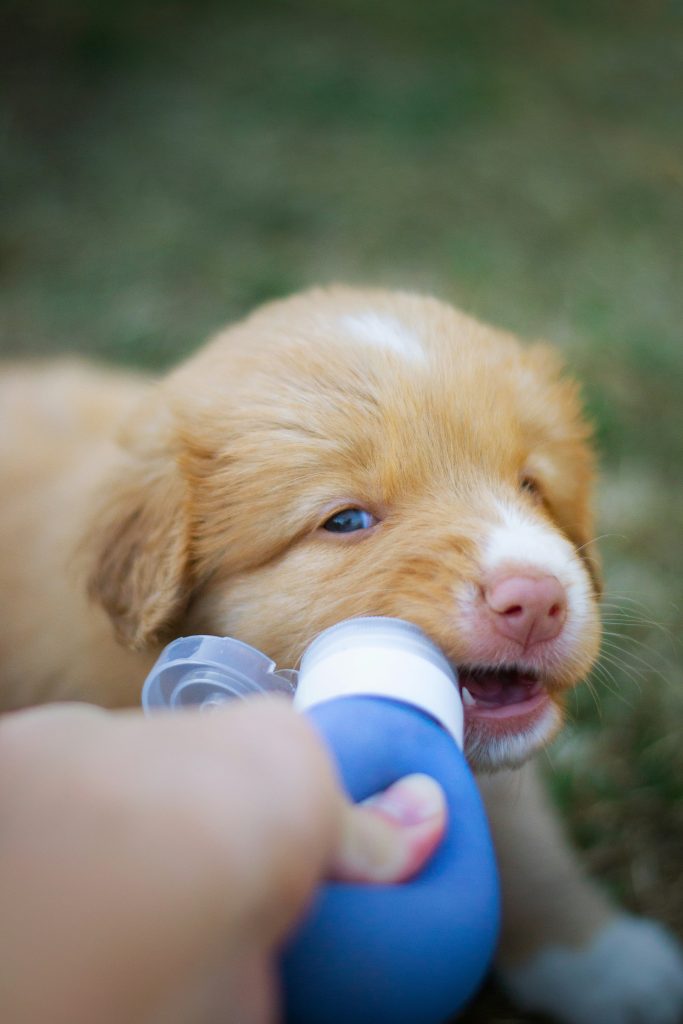Transform Your Dogs Mealtime: Discover the Surprising Benefits of Hand Feeding
Discover the numerous benefits of hand feeding your dog, from building trust and enhancing training to improving eating habits and reducing anxiety.
Introduction to Hand Feeding Benefits
Hand feeding your dog can significantly enhance the trust and control between dogs and their owners, promoting positive interactions that are essential for a healthy relationship. This practice is particularly effective in mitigating resource guarding behaviors, as it establishes owners as the primary source of food, which can alleviate anxiety around feeding. Additionally, hand feeding transforms mealtime into an interactive experience where engagement and bonding occur, allowing for a deeper connection between the dog and its owner.
Furthermore, hand feeding can turn mealtime into a training opportunity, where dogs learn to associate food with positive reinforcement. For instance, a dog may learn to sit patiently before receiving its meal, thus incorporating training into everyday activities. This multifaceted approach not only supports behavioral training but also enhances the overall experience for both the dog and the owner.
 Building Trust and Socialization
Building Trust and Socialization
Hand feeding teaches dogs that approaching humans often leads to positive outcomes, fostering a sense of trust. For shy or fearful dogs, this method provides gradual exposure to people, promoting comfort and socialization in a low-stress environment. For example, a timid rescue dog may initially hesitate to approach its owner, but through consistent hand feeding, it learns to associate the presence of humans with pleasant experiences, thereby reducing anxiety and building trust over time.
Moreover, regular hand feeding can significantly reduce anxiety in dogs, especially those with past trauma or trust issues. When a dog learns that it can rely on its owner for food, it begins to feel more secure, which can lead to improved behavior in various situations. Engaging in hand feeding also prepares dogs for future vet visits, as they become accustomed to being handled and learn to accept touch, which is crucial for their overall wellbeing.
Enhancing Training Opportunities
Hand feeding creates numerous training opportunities, reinforcing desired behaviors effectively. It allows owners to practice basic commands such as sit, down, wait, and come during mealtime, integrating training into a routine activity. For instance, a puppy that is hand fed may learn to wait for its food until given a command, thereby developing discipline and responsiveness to commands.
Additionally, this method can improve focus in easily distracted dogs by associating their handler with meals, making the training process more effective. By using kibble as a reward during hand feeding, owners can increase the perceived value of the food, making it more enticing during training sessions. This practice not only enhances obedience but also makes training fun and engaging for the dog. Reach out to our dog trainers at Albany Off leash K9 Training for advice on how to approach this if you are unsure.
Mitigating Resource Guarding
One of the significant advantages of hand feeding is its ability to prevent resource guarding by associating hands with positive experiences rather than threats. When dogs are fed directly from their owner’s hands, they learn to trust that their food source is secure, reducing the likelihood of aggressive behaviors related to food. For example, a dog that previously displayed anxiety over its bowl may become more relaxed and less territorial when fed by hand, leading to a more peaceful eating environment.
By controlling food access during hand feeding, owners can teach dogs that they do not need to guard their resources from humans. This gradual approach can help build a dog’s confidence and diminish fear around food, enabling a more harmonious relationship between the dog and its owner.
Encouraging Impulse Control
Hand feeding can also be an effective way to teach dogs impulse control, rewarding them for self-restraint before receiving their food. Techniques such as asking the dog to sit and waiting a few moments before offering food can help instill patience. For instance, an excitable dog may learn to sit calmly while its owner gradually moves food closer, reinforcing control and discipline.
This method can significantly reduce impulsive behaviors during feeding times, leading to a calmer environment. As dogs learn to wait patiently for their meals, they are more likely to exhibit self-control in other areas of their lives, enhancing their overall behavior.
Improving Eating Habits
Hand feeding promotes slower eating habits, which can reduce the risk of vomiting from eating too quickly. By allowing dogs to take smaller bites from their owner’s hand, owners can help manage their dog’s food motivation, ensuring that they remain interested in their kibble. For instance, a dog that tends to gulp down its food may benefit from the slower pace of hand feeding, ultimately leading to better digestion.
Incorporating puzzle toys during hand feeding can also provide mental stimulation and slow down the eating process. This creative approach can transform mealtime into a fun activity, making it a more enriching experience for dogs.
Conclusion: The Overall Impact of Hand Feeding
Hand feeding transforms mealtime into a bonding experience, strengthening the relationship between dogs and their owners. This practice serves as a versatile tool for enhancing training, trust, and managing dog behavior effectively. The cumulative benefits of hand feeding contribute to improved overall health and behavior in dogs, fostering a more positive and engaging environment. By adopting hand feeding techniques, owners can create lasting connections with their pets while supporting their training and socialization needs.



